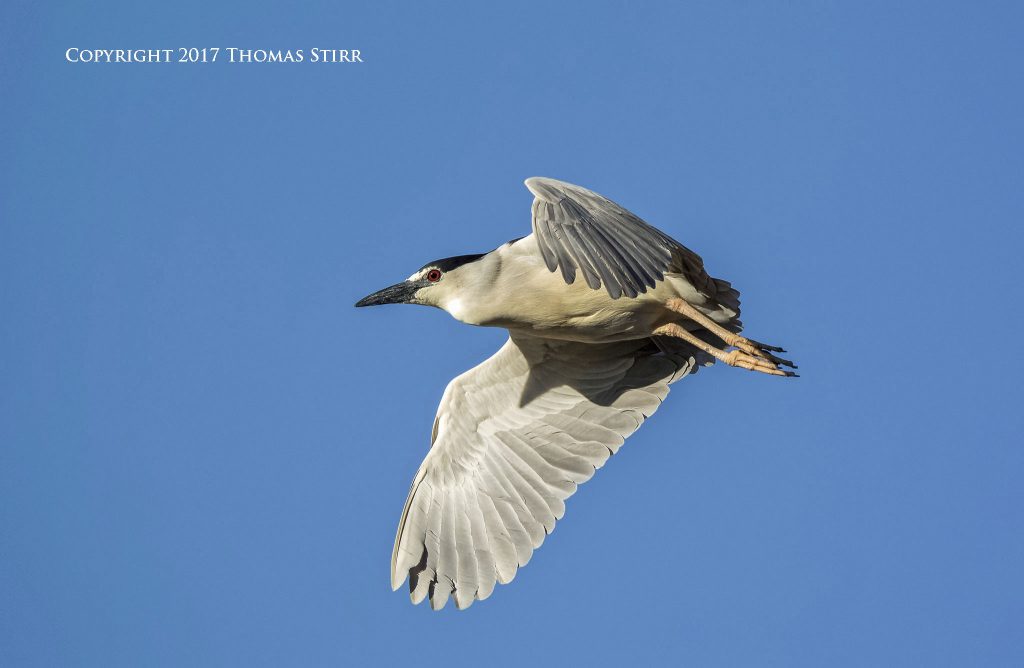The click bait epidemic seems to be continuing to spread with more and more ‘over-the-top’ titles trying to entice people to open various articles and videos posted on the internet.
NOTE: Click on images to enlarge. Photographs have been added to serve as visual breaks.

Given that many YouTube channels and websites are fully dependent on click-based advertising revenues to cover their costs and generate income, it is easy to understand why creators try to create interesting headlines for their postings.

In my mind what becomes tiresome is when headlines and titles are sensationalized to the point where a sane person would find it hard to believe the information in the posting can be possible, or even real. Unfortunately often it isn’t.

The algorithms that direct search engine results are designed to push readers and viewers towards content similar to what they have visited in the past. Social media platforms trace individual views, and many other online activities, to build profiles of their users. The content that is “recommended for you” is generated by the algorithms designed and used by the platform.

The information funnel becomes tighter and tighter as these algorithms continually adjust their definition of each user. This allows social media platforms to feed their users a diet of ‘targeted’ information and advertising messages.

In essence, you become the product that is being sold to advertisers. So, if you have specific interests you will be exposed to an increased volume of that subject matter. The advertising messages and you receive will be from advertisers interested in that specific audience. It all makes sense, but it can be insidious.

As long as people keep consuming links fed to them by social media algorithms and responding to social media prompts, the skewing to said material increases at the expense of all other possible inputs.

In a broad, societal context this has created very real dangers. Rather than the internet being a portal to a wide and diverse assortment of real, verifiable information, the algorithms used by social media tend to limit their users’ exposure to internet content that fits the profile created by the algorithm.

Your online world often becomes smaller and smaller. The boundary between authenticated, true information and completely fabricated nonsense is obliterated. Eventually people can end up consuming a diet composed entirely of fabrications. Unless someone is adept at separating fact from fiction a distorted view of reality can result.

As humans we are most comfortable when our existing attitudes, beliefs and behaviours are not challenged. Social media algorithms are designed to reinforce what currently exists in our minds… not challenge it. Whether those attitudes, thoughts and behaviours are bizarre and/or toxic matters not to the algorithms. You’ll just be fed more of the same.

Unfortunately these algorithms have contributed to people living in total fabrications they perceive as reality. Tribalism and group manipulation can follow with related dangers being obvious. If you happen to believe in some of the ridiculous conspiracy theories that are rampant on the internet… don’t bother trying to post a comment on this website.

Bringing all of this back to photography… over the past number of months I have seen an increasing volume of click bait content. The bulk of it has been flooding YouTube, probably because content creators have little out-of-pocket costs associated with producing sensationalized content for YouTube. Anyone can sit in front of a camera mounted on a tripod and record a video, then upload it.

Scanning photography related YouTube videos can result in an avalanche of ‘The best of…”, The secret of…”, “Battle of the…”, “Simple steps to make a fortune…”, “The one trick you need to know…”, “The ultimate…”. I forced myself to watch some of this content in preparation for this article. Precious time that I will never get back.

Most of us have a limited amount of time that we can spend online acquiring information about photography. If you’re like me, you don’t want to waste your time with click bait. I have become much more discerning when doing on line searches for information. This is especially true with YouTube. I do my best to be very specific with my search parameters so I can avoid as much hyped-up drivel as possible.

Photographers are lucky in that we are still served by some very good, professional websites and some credible YouTube channels. Like most of you, I don’t have a lot of spare time but there are some photography websites that I visit on occasion. These include PhotographyLife, Mirrorless Comparisons, Cambridge in Colour, and Imaging Resource. I also occasionally visit the websites of some professional photographers who use Olympus gear.

I’m sure readers can identify other websites that they enjoy and value. At a time when the click bait epidemic is growing rapidly, it is important that photographers try to help each other find good, credible information about photography. The 4 websites noted above may be of interest. Many readers will likely already be aware of these sites, and visiting them.

Technical Note
Photographs were captured handheld using camera gear as noted in the EXIF data. Images were produced from RAW files using my standard process. This is the 1,032nd article published on this website since its original inception.

How you can help keep this site advertising free
My intent is to keep this photography blog advertising free. If you enjoyed this article and/or my website and would like to support my work, you can purchase an eBook, or make a modest $10 donation through PayPal. Both are most appreciated. You can use the Donate button below. Larger donations can be made to tom@tomstirr.com through PayPal.
Word of mouth is the best form of endorsement. If you like our website please let your friends and associates know about our work. Linking to this site or to specific articles is allowed with proper acknowledgement. Reproducing articles, or any of the images contained in them, on another website or in any social media posting is a Copyright infringement.
Article is Copyright 2021 Thomas Stirr. Photographs are Copyright 2015-2019 Thomas Stirr. All rights reserved. No use, duplication or adaptation of any kind is allowed without written consent. If you see this article reproduced anywhere else it is an unauthorized and illegal use. Posting comments on offending websites and calling out individuals who steal intellectual property is always appreciated!


Hi there from South Africa! I’ve been “lurking” on this website since the original Covid lockdown last year.
I’ve been wanting to engage you on your “flying butterfly” photography, but I suppose you need to be well into summer before you can do another post on that, living so far North.
Anyway a great many of my favorite insect photographs that I find on the internet are taken on the Olympus 60 mm macro lens and an even higher proportion of the flying butterfly photos are taken on Olympus kit. I wonder if the algorithms are reinforcing my belief that Olympus has a distinct advantage in wild live insect photography, or if it really is so.
Hi Stephen,
Great to hear from you! We are just in the early stages of our butterfly and insect season here in Southern Ontario. I’m actually just working on a new article about photographing dragonflies so your comment is timely.. since I captured these images yesterday.
As far as my butterfly images go, I use the M.Zuiko 60 mm macro f/2.8 lens when photographing butterflies in captive environments such as the Niagara Butterfly Conservatory as the insects are acclimatized to people which allows me to get in tight to them. In previous years for wild butterflies I used the M.Zuiko PRO 40-150 mm f/2.8 with an M.Zuiko MC-20 teleconverter. This season I will be using the M.Zuiko 100-400 mm f/5-6.3 IS, likely with the MC-14 teleconverter.
I think the single biggest advantage that Olympus cameras have for butterflies-in-flight photography is Pro Capture H. I use this technology for all of my butterflies in flight and find it to be an excellent way to capture these types of images. I cannot imagine using any other camera instead of my E-M1X.
I will be publishing a new article later today about photographing dragonflies in flight… you may find this article of interest.
Tom
Tom, is it really necessary to make your entire website copy-proof? It’s really annoying when I want to search for websites you recommend, or want to quote someone in a <blockquote> — and can’t simply copy text.
Mind you, I — and anyone who would seriously want to steal your content — can get around it pretty easily. It just seems like an unnecessary annoyance.
Hi Jan,
I agree that having my entire website copy-proof is not a perfect solution to intellectual piracy, and that people who are intent on stealing something will always find a way to do so. All I can do is make my website inconvenient to online pirates.
Over the years I’ve lost thousands of images to online piracy, as well as entire articles. If I don’t care enough about my content to at least attempt to protect it, then there is no point in me even publishing it. I appreciate that having my entire website copy-proof can be frustrating at times. It is also frustrating to have my photographs stolen and sold online… as well as entire articles stolen and passed off as being created by someone else.
Over the years my work has been legitimately referenced thousands of times on other websites, usually with a brief description or comment about specific content with a link to the article. This is a compromise of course, but one that has been working for me.
At some undetermined time in the future this photography blog will end for one reason or another… perhaps due to old age or senility. 🙂 If I was unable to protect my work with even the basic protections that I am now using, I would have stopped publishing this blog long ago.
Tom
Thank you thought provoking comments.
I find recommendations from sites I trust such as small sensor photography useful.
Thanks Heather… it means a lot that we have earned your trust.
Tom
In the early days of the internet, before it was commercialized, while it was still an information sharing resource for universities and research facilities around the globe, we of the more optomistic persuasion looked at it with wonder, and thought that it was a shame it could not be shared with everyone globally. What a fantastic resource. And we worked hard to make it so.
However, when I look at what it has become today, I cannot but wonder how we let this wonderous invention become what it has become today.
While it is still a fantastic resource if you look carefully and selectively, the toothpaste just cannot be put back into the tube.
In the word of a recent infamous social media personality, “Sad.”
Hi Marty,
Thanks for sharing your perspectives. I agree that it is still a fantastic reference if we look carefully and selectively. We are likely moving towards the creation and application of government regulations on social media platforms… along with increased accountability for content. Whether we agree with this possibility or not is a different issue.
On a personal basis the internet has been a very important form of communication for us, which has enabled this blog to reach people all over the globe. Like other things in life, the internet comes with benefits and challenges.
Tom
Thank you for not naming He Shall Not Be Named. Take away his oxygen.